#fusiformis
Explore tagged Tumblr posts
Text
Stately
I’ve driven past this tree almost daily, a few blocks from my abode. UTEP’s Juan Blanco told me about this tree, and how our far-out west Texas urban forester, Oscar Mestas, has more details. Richard Burges planted this oak in 1915, after building his house. A former Texas state legislator, originally from Seguin, he introduced the bill to form the Texas A&M Forest Service. There’s more – here,…

View On WordPress
2 notes
·
View notes
Text

Pyrocystis fusiformis
Pyrocystis fusiformis is a bioluminescent dinoflagellate that glows blue in agitated water. It is often grown in homes and labs for science projects due to its easily cultivation.
Photo credit: @merismo on Tumblr
#pyrocystis fusiformis#pyrocystis#new years#happy new year#2025#microbiology#microbes#biology#hat#hats#microbes in hats#microorganisms#bacteria#protozoa#microscopy
371 notes
·
View notes
Text

Comatricha fusiformis by Alison Pollack
#comatricha fusiformis#comatricha#alison pollack#iridescent#myxomycota#slime mold#slime mould#forest floor#macro photography#myxomycetes#microbiota#microbiology#microorganisms#nature photography
68 notes
·
View notes
Text

John Van de Geyn
Pseudocolus fusiformis (Stinkhorn) Maleny, Australia
Pseudocolus fusiformis is a stinkhorn mushroom in the Phallaceae, a family well known for a remarkable range of fruit body types. It is commonly known as the stinky squid, because of its fetid odor, and its three or four upright "arms" which are connected at the top. The malodorous smell comes from the dark greenish slimy gleba covering the inside faces of the arms, and attracts insects that help to disperse the spores.
50 notes
·
View notes
Note
What are your favorite geographic regions of Texas?
BEST question!!!!!!
1. Hill country. One of the most gorgeous parts of TX—karst topography and amazing caves!!! bats!!! and this area was volcanic during the cretaceous, you can almost imagine the island chain it was back then while driving thru the hills. the guadalupe river snaking between cliff faces?? heaven. AND this part of TX has the best trees, no contest. who cares about coastal live oaks when you have 400 y/o+ bald cypress?? and american sycamores reflecting the water??? giant pecans?? i could spend an eternity here. maybe i will…. idc if my car stalls going up the hills and ppl behind me get mad <33
2. WEST TX. 🎶is the best texas… it’s a beautiful, indescribable place. and the geology???? holy shit. i will admit ive never even been to big bend before or the more mountainous regions, but i’ve driven close enough!!!! and my bestie visited recently so i claim his memories. people forget this version of TX exists and they SHOULD. so we can keep it to ourselves!!! aguja and javelina formations my beloveds ❤️ you’d find yourself lost there and never regret a moment. i love that barren ass drive from TX to new mexico tbh
3. Post Oak Savanna: weird one, i know!!!! but im a bitch for flat land. i may be one of the only ppl that can drive thru the great plains and feel right at home. i like seeing what’s around me!! mountains are scary. plus, god…. soft, rolling hills south of san antonio, seas of golden grass, old oaks standing as monuments, having been there longer than anything colonial-made in the US. absolute fucking behemoths. you wouldn’t understand this until you approach these things—it’s like the moment you enter that massive, widespread canopy, the world is quieter. the trees almost speak to you. yes i’m in love with them. beneath your feet and everywhere you go, fields of petrified wood 🥺
plus. this is one of the most ecologically important areas of TX, surprisingly. its an example of one area that’s supposed to be governed by fire. of course, now that’s no longer occurring, shrubification, tree encroachment… it used to serve as a sort of bridge for wildlife, but now it’s a fence. sad. anyways, you can tell by the trees they were made to withstand fire. hard, aggressive bark on live oaks.
interestingly, the ones south of the hill country are mixes of q. virginiana (coastal live oak) and q. fusiformis (escarpment oak) and should be the TX state tree in my humble opinion. pecans are found literally everywhere, these are found only here!!
#shout out to east tx too!!! love me some piney woods#also northwest tx. love farms#talk#ask#sorry for the wall of text lmfao!!
68 notes
·
View notes
Text
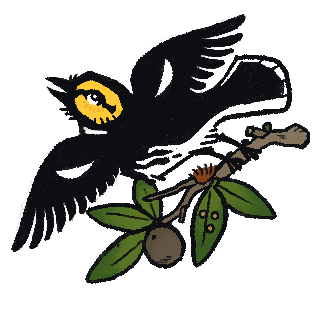
And then I'll take you to a place called home
Golden-cheeked Warbler (Setophaga chrysoparia)
Elonocnema kinseyi
Leafy Oak Gall Wasp (Andricus quercusfoliatus)
Mealy Oak Gall Wasp (Disholcaspis cinerosa)
Texas Live Oak (Quercus fusiformis)
#big shout out to Jingo for showing me the world of gall-making wasps and other insects#it makes trees seem more bustling#my art#golden-cheeked warbler#GCWA#gall wasp
52 notes
·
View notes
Text
Found lots of good mushrooms today - Bute Park, Cardiff, 22/10/2024 (Click 'keep reading' to see them all)
Starting with my favourite find of the day: Pink Waxcaps (Porpolomopsis calyptriformis)! Apparently these guys are relatively rare, but most common in the UK. They remind me of cherry blossoms.



Here is a young one that has not fully opened into the beautiful flower-shape.

Next is the pleasantly named Hairy Curtain Crust (Stereum hirsutum). This fallen log was absolutely covered in it.


These I believe are Butter Waxcaps (Hygrocybe ceracea) at various stages of development



These come in a range of shades



I believe these striking red mushrooms are Scarlet Waxcaps (Hygrocybe coccinea)



I won't lie, I'm having some difficulty identifying this one


Small brown mushrooms, maybe Brown Mottlegill (Panaeolus foenisecii)? I can honestly never tell with these things, didn't spend too much time looking at them. Cute nonetheless


Maybe Iodene Bonnet (Mycena filopes)?

I almost missed this thang while walking, tiny little yellow tentacles. I believe they are young Golden Spindles (Clavulinopsis fusiformis)

While my friend was climbing a tree I spotted these absolutely teensy little guys on it (my fingers for scale). They could be Frosty Bonnets (Mycena tenerrima) but were too tiny for me to see properly.



These I actually saw these a few days ago and forgot to post about it, it was at night which is why this photo looks horrible. Think this is a rough looking Spindle Toughshank (Gymnopus fusipes)

Finally, some friends of the non-fungal variety:
Carrion crows (Corvus corone)


Grey Squirrels (Sciurus carolinensis)

Thank you if you read until the end :) I'm not sure if I should be splitting these into shorter posts or not. Most of these fungi I found in a single field, and the rest were found by the surrounding trees. It's amazing how much biodiversity there is in such a small area.
#biology#fungus#fungi#mushrooms#mycology#nature#wildlife#wild fungi#nature photography#wales#photography#stemblr#cottagecore#goblincore
21 notes
·
View notes
Text
ALSO i redid all the images in the primordial soup simulator so now they're pretty. i might add some more microbes too
fun fact i used to have a bunch of pyrocystis fusiformis (the fusiform looking one with the dark brown nucleus) they were cool they lit up at night the whole dealio... the place I bought the growth media from went under though so then I couldn't take care of them anymore
they were cool though
23 notes
·
View notes
Text
iNat Adventures with thefaestolemyname part 2: Golden Beach Campground, New York State!
Part 1/?
I made this post earlier, but it didn't save properly in drafts so I gotta start over :/
Before I begin with species and fun facts, first a question for anyone who might live in NY: What is this? Why??

It was a simple 4-way intersection!
In Ontario we have this for the same scenario:

Is this an American thing? Just a New York thing? There's gotta be a good reason for that mess.
Back on topic, we start off with a banger:
Wood Frog (Lithobates Sylvaticus)

(The pic is rotated that's why the grass is weird) Recognized them right away because I found one in a swamp nearer to home in June, can't find the post to link. They can handle freezing 65-70% of the water in their body, and the reason why has to do with urea, glucose, and "amino acid substitutions in the ... ATP binding site" (Wood frog - Wikipedia). They depend on multiple habitats, breed in seasonal pools, and have large ranges.
Dragonfly/Damsel fly (order Odonata)
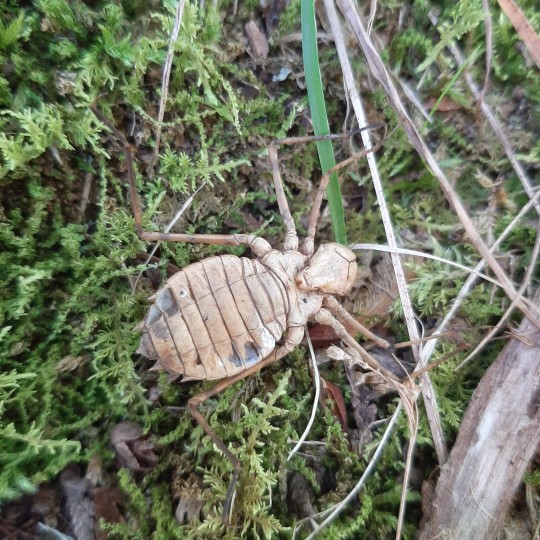
I know, I know, hear me out. At first I had no idea who this shed exoskeleton represented, but apparently Dragonflies have a life cycle in which little things that look like this hatch out of eggs, moult many times, and after their final moult look like a proper dragonfly. Now, this suit of armour's abdomen looks too large for me to be fully convinced it's a dragonfly, but it's the best guess so far.
Dragonfly | Description, Anatomy, Habitat, Life Cycle, & Facts | Britannica
Leopard Earthball (Scleroderma areolatum)

As usual with mushrooms, not 100% confident with this ID, and not a ton of info on the species. The inside is supposed to be full of black spores so the mushroom, instead of raining spores from gills, is like a pouch of spores. I'm pretty sure I'm in the ballpark though, as it's definitely an earthball of some sort. I couldn't find a species on iNat that had pics that showed the same amount of flakiness as these guys.
Scleroderma areolatum, Leopard Earthball fungus (first-nature.com)
Ghost Pipes (Monotropa uniflora)
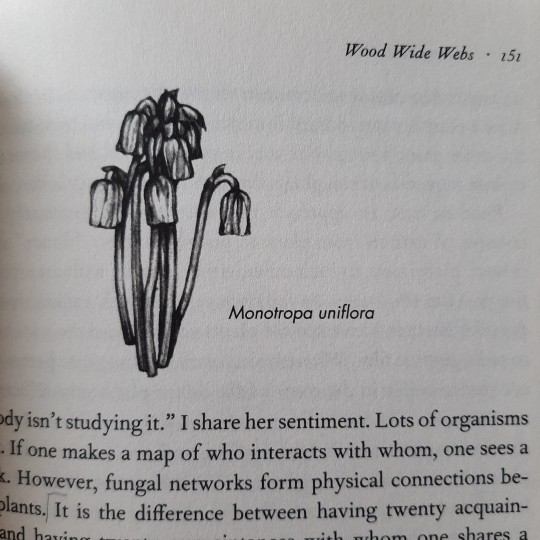
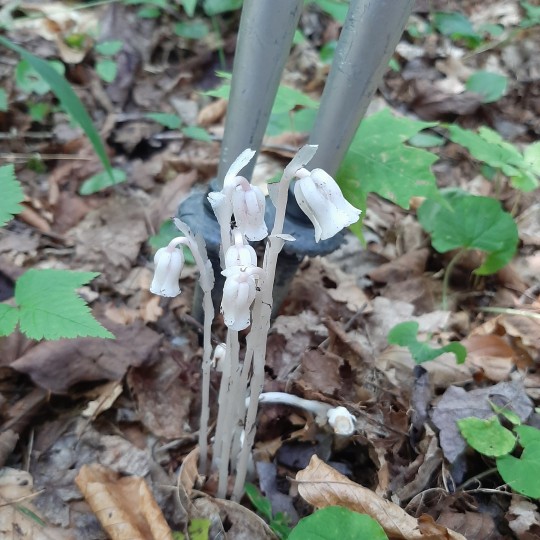
Re-writing this section is a shame because I just cannot re-produce the excitement. I was nothing less than ecstatic to find a mycoheterotroph. I had read about this almost mystical, otherworldly, ethereal treasure of a living being in Merlin Sheldrake's Entangled Life, but never thought I had a good chance of seeing any in real life. These guys have a history of baffling scientists, and are the source of much of our understanding of the nature of Mycorrhizal networks. In short, they have no chloroplasts and no roots - they cannot photosynthesize and they cannot bring in nutrients or moisture from the soil. How then do they survive? Fungi! All the carbon, energy, and more that it uses to build and sustain itself comes from other plants through the Mycorrhizal networks that span forests. I could go on and on about how these plants represent magic living on and even through a scientific world, but this caption is already too long.
All About Ghost Pipe (Monotropa uniflora) - Unruly Gardening
Entangled Life: How Fungi Make Our Worlds, Change Our Minds & Shape Our Futures by Merlin Sheldrake | Goodreads
Yellow Club Fungus (Clavulinopsis Helvola)
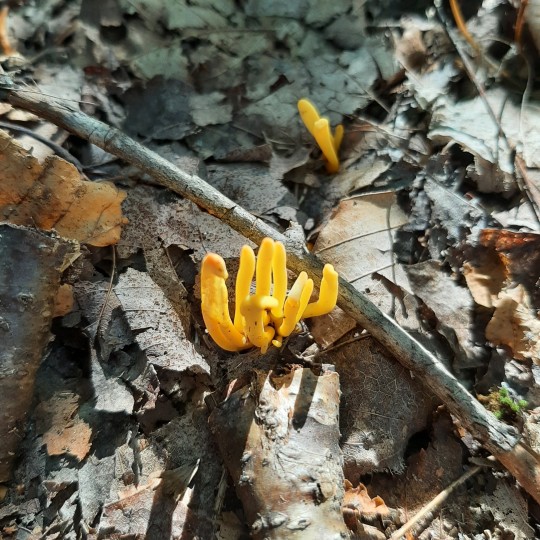
At first I thought it was Golden Spindles fungus, (C. Fusiformis), but after looking into more detail I figured C. Helvola was more likely because of size. Honestly, I thought they might be Cordyceps at first because that's the only club-shaped fungus I remember reading about, but nope. Apparently the spores are covered in warts, which distinguishes them from other Clavulinopsis species, but I was not prepared to take specimens for further inspection this time. In a rare occurrence, I am almost semi-confident about this ID. Surely I got the right genus?
E-Flora BC Atlas Page (ubc.ca)
Northern Red Belt (Fomitopsis mounceae)
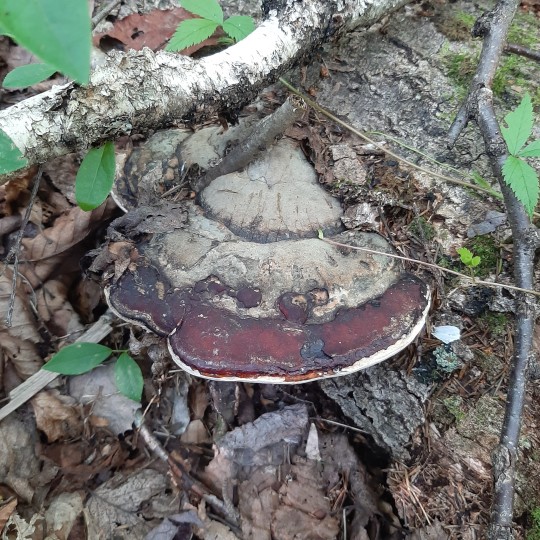
This one I am also semi-confident in my identification of. It's got a red belt at the end and is in North America, it's bumpy/warty and has a white underside, and was found on a dead tree at low elevation, all characteristics of F. Mounceae. This species was distinguished from F. pinicola by Irene Mounce (A Canadian! 🇨🇦), after whom it was named.
Fomitopsis mounceae (MushroomExpert.Com)
11 notes
·
View notes
Text




not an expert but I think these are:
top left: yellow stagshorn (calocera viscosa)
top right: kuehneromyces mutabilis?
bottom left: oak bracket (pseudoinonotus dryadeus)
bottom right: golden spindles (clavulinopsis fusiformis)
3 notes
·
View notes
Text
I found a
STINKY SQUID
Pseudocolus fusiformis

Always fun to see a stinkhorn :)
These guys aren’t necessarily edible, but they’re not poisonous. As is common with stinkhorns, flies were enjoying the gleba and buzzing about. I saw a wasp nearby as well!
4 notes
·
View notes
Text
0 notes
Note
i can't decide if i should plant pokeweed or pseudocolus fusiformis in my neighbor's yard
pokeweed pokeweed pokeweed pokeweed
1 note
·
View note
Text
Các loài hoa xấu nhất Các loài hoa xấu nhất Alo.Flowers. Mỗi khi nhắc đến hoa, “xinh đẹp”, “mỹ miều”, “mỏng manh” ắt hẳn sẽ là những từ khóa mà mọi người sẽ suy nghĩ đến đầu tiên. Tuy nhiên, không phải tất cả các loại hoa đều như vậy. Thậm chí là có những loại hoa được xếp vào danh sách xấu nhất thế giới. Nghe thôi là đã thấy tò mò rồi, vậy thì bây giờ thì chúng ta hãy cùng đi tìm hiểu về những loài hoa xấu nhất thế giới nhé! Hoa tử thi được xếp vào vị trí đầu tiên trong danh sách này. Hoa cao khoảng hơn 2m. Loài hoa này có nguồn gốc trong khu rừng nhiệt đới ở Sumatra, là loại hoa không có cành lớn nhất trên thế giới và chỉ nở hoa 2-3 lần trong đời, mỗi lần nở đều phải cách nhau cả vài thập kỷ. Hoa mang vẻ ngoài màu sắc khá rực rỡ nhưng lại có mùi hương y hệt như xác chết đang phân hủy, khiến nhiều người phải rùng mình. Và các loài hoa khác. Phát hiện loài hoa phong lan xấu nhất thế giới 18 thg 12, 2020 — Loài hoa lan có tên khoa học là Gastrodia agnicellus, có nguồn gốc từ một công viên quốc gia ở Madagascar. Với hương thơm giống như hoa hồng, xạ ... Loài hoa lan bị coi là xấu nhất thế giới nhưng lại có mùi 18 thg 12, 2020 Shop hoa bình tân— Hoa lan xấu nhất thế giới Gastrodia agnicellus nằm trong số 156 loài cỏ cây được bổ sung vào hồ sơ thực vật của vườn thực vật Hoàng gia Kew ở ... Công bố loài hoa lan mới ''xấu xí nhất thế giới' 18 thg 12, 2020 — Theo CNN, hoa lan vốn là loài hoa biểu tượng cho cái đẹp thanh nhã và kiêu sa. Nhưng mới đây, các nhà nghiên cứu từ Vườn Bách thảo Hoàng gia ... Loài cây xấu xí nhất thế giới - Các loại hoa vàng 10 thg 7, 2009 — 1. Hoa tử thi (Amorphophallus titanum) với 29% · 2. Nấm mực ống (Pseudocolus fusiformis), 26% · 3. Rau lông cừu (Raoulia eximia), 21% · 4. Cây ... Điểm danh 7 loài hoa "nặng mùi" nhất thế giới Điểm danh 7 loài hoa "nặng mùi" nhất thế giới · 1. Hoa Titan Arum (Amorphophallus titanium) · 2. Hoa Lily xác chết (Rafflesia arnoldii) · 3. Bắp cải chồn hôi ... Đây là loài hoa lan xấu nhất thế giới Lan là một loài hoa đẹp, đến nỗi hình thành nên thú chơi của nhiều người. Tuy nhiên, vẫn có ngoại lệ, và đó là trường hợp của loài lan vừa được người ta ... BẤM VÀO ĐÂY 30 loài hoa [độc,lạ] trên toàn thế giới khiến bạn thích thú Havico sẽ giới thiệu cho bạn nhũng loài hoa “độc đáo, lạ mắt” khiến bạn choáng ngợp vì ... Xem thêm: CÁC LOẠI HOA LAN RỪNG ĐẸP ĐƯỢC ƯA CHUỘNG NHẤT HIỆN NAY ... Top 18 Loài hoa nguy hiểm nhất thế giới - ALO.FLOWERS 25 thg 1, 2021 — Đã nói đến hoa thì có lẽ ai trong chúng ta cũng sẽ nghĩ ngay đến vẻ đẹp và có những loài hoa vô cùng tao nhã hay rực rỡ. Bị thiếu: xấu | Phải bao gồm: xấu Top 14 loài hoa đẹp nhưng độc nhất thế giới 4 thg 2, 2021 — Cây mao địa hoàng có tác dụng rất bổ cho các bệnh về tim. Bệnh tim trở nên xấu hơn khi khả năng duy trì tuần hoàn thông thường giảm đi. Chất ... Bạn có biết về loài cỏ dại... Bạn có biết về loài cỏ dại mang tên Xấu Hổ? cây luôn sống khép mình, mọi tiếp xúc của bạn vào cây đều bị cây khép nép lại. Trên thảo nguyên bát ngát,... Các loại hoa xương rồng Những loài hoa xấu xí nhưng... thích gây chú ý 14 thg 9, 2014 hoa sinh nhật cho nam — Welwitschia Mirabilis là loài cây sống ở vùng hoang mạc Namibia và bị xếp vào danh; Dù không có may mắn được sở hữu vẻ đẹp hay sự đáng yêu như ... 'Hoa lan xấu nhất thế giới' trong danh sách thực vật mới 2020 18 thg 12, 2020 — Gastrodia agnicellus được tìm thấy ở Madagascar, và nhìn như một miếng thịt đang phân hủy. Ảnh: Guardian. Các nhà khoa học cho biết loài hoa lan ... SHOP HOA TƯƠI GIAO HOA MIỄN PHÍ Giống hoa lan mới bị xướng danh 'xấu nhất thế giới' 18 thg 12, 2020 — Ban đầu, nhóm nghiên cứu tin rằng với vẻ ngoài xấu xí, Gastrodia agnicellus sẽ có mùi hôi của thịt thối giống một số loài hoa lan đ
ược ruồi ... hoa tươi sinh nhật cho nam Những loài hoa hình dáng lạ kỳ mang vẻ đẹp khiến nhiều ... 28 thg 10, 2017 — Hoa xác thối khổng lồ là loài hoa có kích thước lớn nhất trên Trái đất. ... Loài cây xấu xí và cô đơn nhất thế giới này có tên tiếng Việt là ... TOP 10 LOẠI HOA ĐẸP NHẤT THẾ GIỚI 27 thg 11, 2019 — ... loài hoa. Nhưng bạn có thể phát hiện ra một số loại hoa có những đặc điểm độc đáo hơn phần còn lại. ... hoa sinh nhật nam shop hoa tươi phố mới Những loài hoa xấu nhất thế giới gì xấu nhất đố vui Những loài hoa có tên xấu mật mã hoa hồng vàng
0 notes
Photo

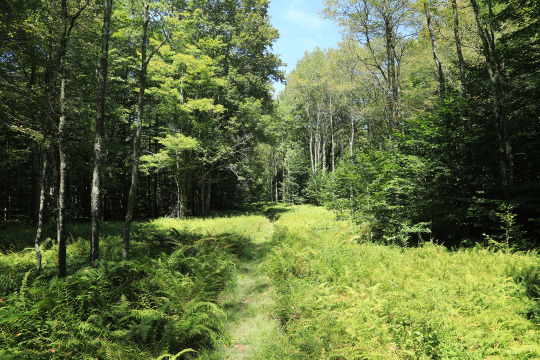
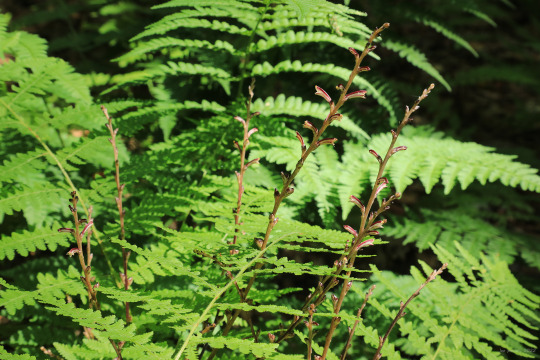
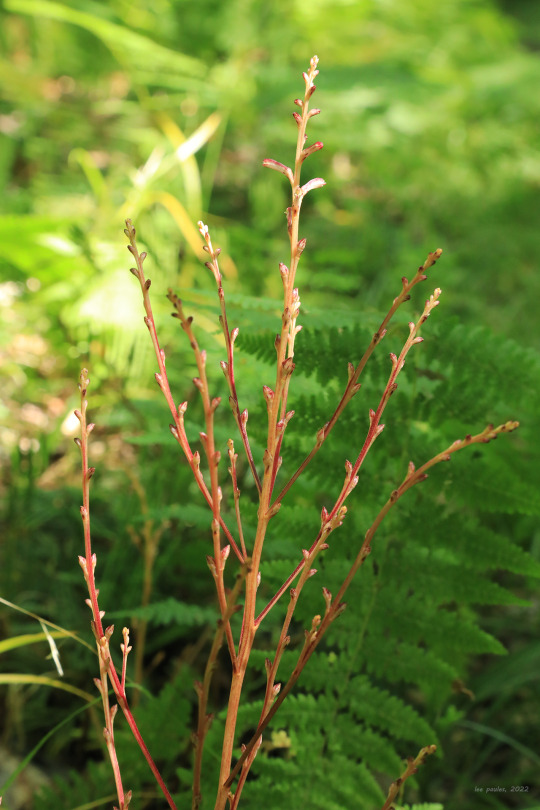
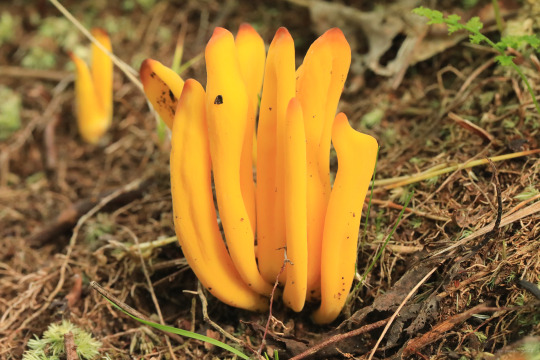

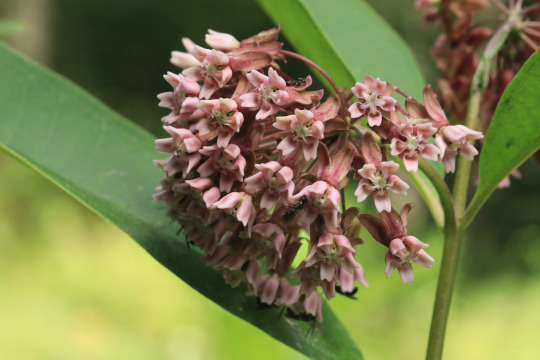

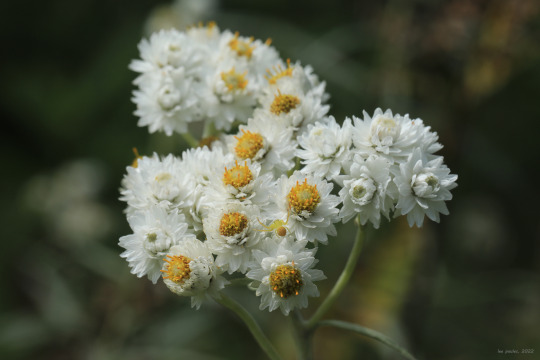
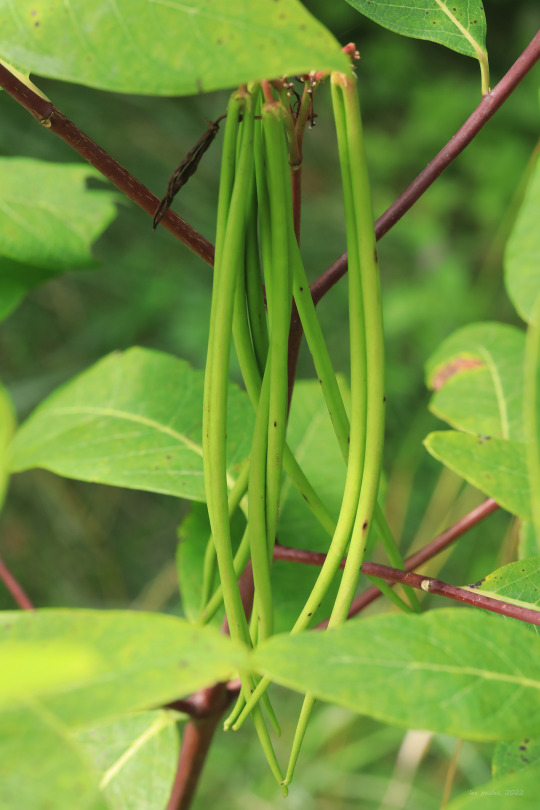
Canaan Valley National Wildlife Refuge, Part 1. Had Allegheny Power gotten its way 40 years ago, the land included as part of this idyllic refuge would today be the muddy bottom of a lake formed by damming the Blackwater River. The power company proposed turning the largest and most botanically-diverse high-elevation wetlands complex east of the Rocky Mountains into a “recreation destination” (e.g., overpriced tourist trap similar to nearby Deep Creek, Maryland) so it could execute a sketchy pump and release hydroelectric scheme. Thankfully, the US Army Corps of Engineers refused to issue a permit, and the nation has been since been rewarded with its 500th national wildlife refuge.
From top: beechdrops (Epifagus virginiana), a really unusual parasitic plant that draws its nutrients from the roots of the American beech tree; golden spindles (Clavulinopsis fusiformis), also known as spindle-shaped fairy club, a glorious late summer coral fungus; great spangled fritillary (Speyeria cybele), a common and lovely member of the Nymphalidae family that practically begs to be photographed; common milkweed (Asclepias syriaca), which blooms late into August at the higher elevation of the valley; Monarch larvae (Danaus plexippus), in their fifth instars; pearly everlasting (Anaphalis margaritacea), a fabulously-beautiful late summer aster much beloved by the dried flower industry; and the stingbean-like seed pods of Indian hemp (Apocynum cannabinum), one of the bittersweet bellwethers of summer’s end.
#appalachia#vandalia#west virginia#allegheny mountains#canaan valley#canaan valley national wildlife refuge#tucker county#epifagus virginiana#beechdrops#clavulinopsis fusiformis#golden spindles#spindle-shaped fairy club#speyeria cybele#great spangled fritillary#asclepias syriaca#common milkweed#danaus plexippus#anaphalis margaritacea#pearly everlasting#apocynum cannabinum#indian hemp#wildflowers#flora#summer
52 notes
·
View notes

